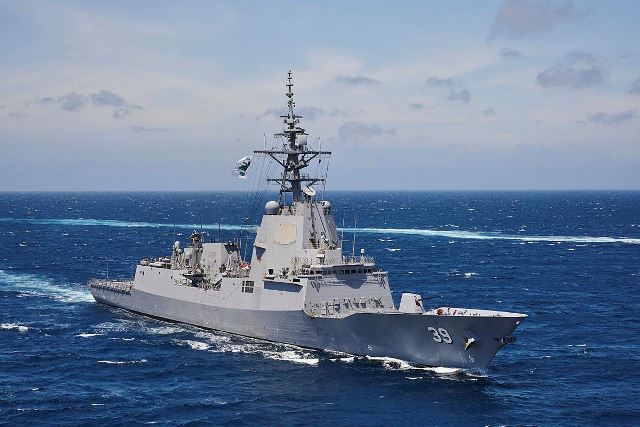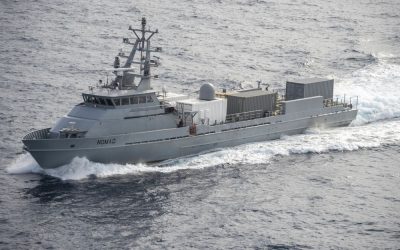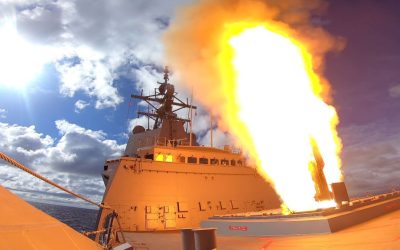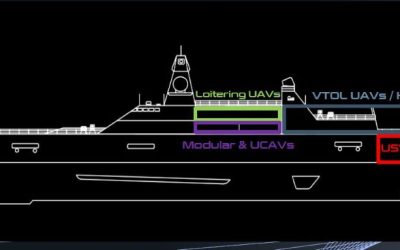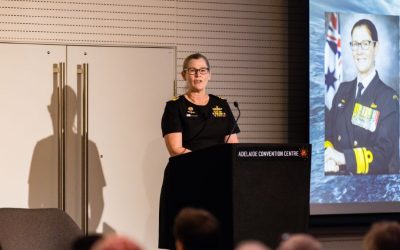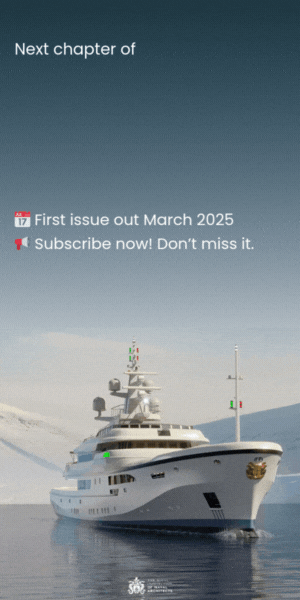Warship Technology January 2022
Classification society Bureau Veritas has developed a particularly close working relationship with the Australian defence sector and the Royal Australian Navy and is helping it to develop a comprehensive set of rules specific to naval ships. The goal is to establish standards for its entire fleet to improve risk management, assess safety and structural defects, and help ensure all vessels are fit for purpose.
With nearly 50 commissioned vessels and over 16,000 personnel, the Royal Australian Navy is one of the largest and most sophisticated naval forces in the Pacific. To support shipbuilding projects, the Australian Defence Department initiated a review in early 2021 and concluded that the existing DEF(AUST) 5000 Maritime Materiel Requirements Set (MRS) was unfit for purpose. As a result, the Australian Department of Defence asked Bureau Veritas to help rewrite the entire framework and create the new Australia’s Naval Classification Framework (ANCF).
Bureau Veritas was selected after a competitive call for tender led by Commodore Colin Dagg, former Royal Australian Navy Director General Engineering, who retired in 2021 after more than four decades, only to be brought back in to run the ANCF project.
“Bureau Veritas really understood what we are trying to do,” Commodore Dagg said. “They comprehend that this is classification to support navy vessels, and their understanding of how rules can drive design and construction to meet our sovereign requirements is crucial. They are helping us write a framework that is specifically for Australia, not just Bureau Veritas rules or another set of IACS rules applied to Australia.”
Bureau Veritas Marine & Offshore now sits on the panel of classification societies working with the Royal Australian Navy and BV experts have been working with current and former naval officers to determine services needed to help ensure the safety and compliance of the entire Australian fleet.
Bureau Veritas experts are condensing, updating and redefining more than 200 separate standards for naval ships and materials readiness into a single set of rules. These include quality and safety regulations for ship structure, machinery, control systems, electrical systems, fire safety, environmental hazards and more. The framework also covers the full supply chain for the design, construction and operations of naval ships, from materials procurement and assessment to onboard inspection and maintenance.
With a standardised quality management system for ship safety, the Royal Australian Navy will be able to build reliable new vessels and evaluate in-service naval ships.
